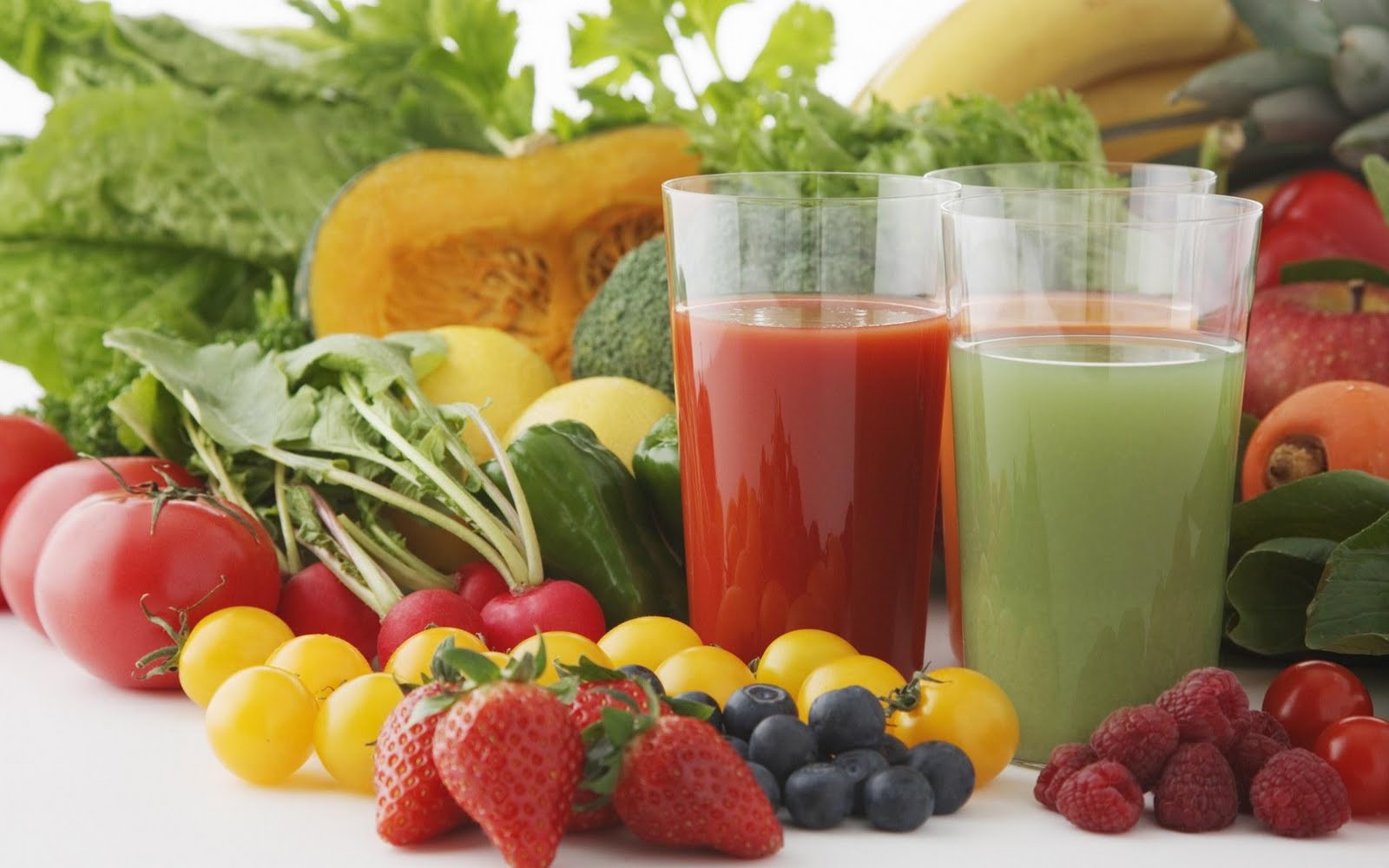Detoxification of harmful substances in the body is a continual process, and it doesn’t have to be unpleasant. Actually, the best approach may be to detoxify gradually. A rational approach to detoxing can include a long-term approach combined periodic short juice fasts (three to five days).
The Long-Term Approach to Detoxification
To truly support the body’s detoxification processes, a long-term detoxification program is recommended. In particular, you must support the health of your liver. To do so, there are three things you definitely want to avoid:
- Saturated fats
- Refined sugar
- Alcohol
A diet high in saturated fat increases the risk of developing fatty infiltration and/or cholestasis, any condition in which the flow of bile from the liver is slowed or blocked.
In contrast, a diet rich in fiber, particularly the water-soluble fibers, promotes increased bile secretion. Foods rich in factors that help protect the liver from damage and improve liver function include:
- High sulfur-containing foods like garlic, legumes, onions, and eggs
- Good sources of water-soluble fibers such as pears, oat bran, apples, and legumes
- Cabbage family vegetables, especially broccoli, Brussels sprouts, and cabbage
- Artichokes, beets, carrots, dandelion
- Many herbs and spices like turmeric, cinnamon, and ginger
Avoid alcohol if you suffer from impaired liver function, and only drink in moderation (no more than two glasses of wine or beer, no more than two ounces of hard liquor per day for men, half that for women). Alcohol overloads detoxification processes and can lead to liver damage and immune suppression.
Tips to cleanse with fruit and vegetable Juice
Most healthy people do not need to go on a strict water fast to aid in detoxification. Instead, a three-to-five-day fresh fruit and vegetable juice fast actually provides the greatest benefit. (Note: only fresh fruit or vegetable juice, prepared from a juicer, should be used to aid elimination, because fresh juice provides valuable enzymes to our system.)
Drinking fresh juice for cleansing reduces some of the side effects associated with a water fast, such as light-headedness, fatigue, and headaches. While on a fresh juice fast, individuals typically experience an increased sense of well-being, renewed energy, clearer thought, and a sense of purity.
Although a short juice fast can be started at any time, it’s best to begin on a weekend or during a time when you can be sure to get adequate rest. The more rest, the better the results, as energy can be directed toward healing instead of toward other body functions.
Prepare for a fast on the day before solid food is stopped by making the last meal one of only fresh fruits and vegetables (some authorities recommend a full day of raw food to start a fast, even a juice fast).
Consume fresh juice for the next three to five days, ideally four 8 to 12-ounce glasses throughout the day. Virtually any fresh juice provides support for detoxification; however, some of the better juices to consume during a fast include pineapple-ginger; cranberry-apple; spinach-celery-kale-apple; kale-broccoli-cabbage-carrots-apple; and parsley-carrot-spinach-celery-tomato.
The ability to detoxify is one of the critical factors for health. It’s amazing just how well the body handles the constant onslaught of modern living. Periodic juice fasting, as well as a long-term approach to detoxification, can be used to support the body’s detoxification mechanisms.
More information on detoxing and juice fasts, including more than 150 recipes, are in The Complete Book of Juicing, Revised and Updated: Your Delicious Guide to Youthful Vitality (Clarkson Potter, January 2014).




